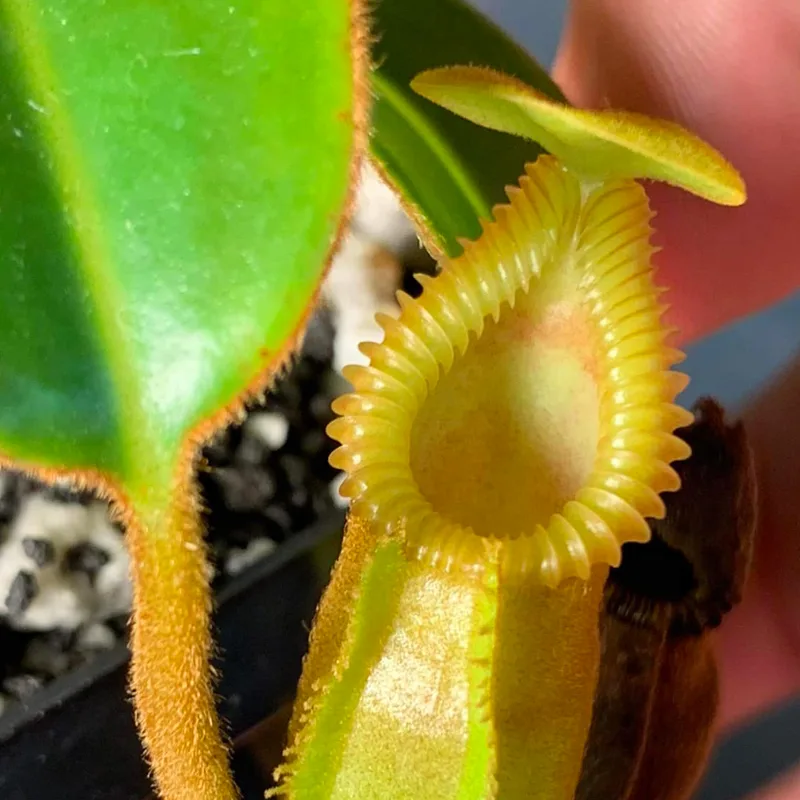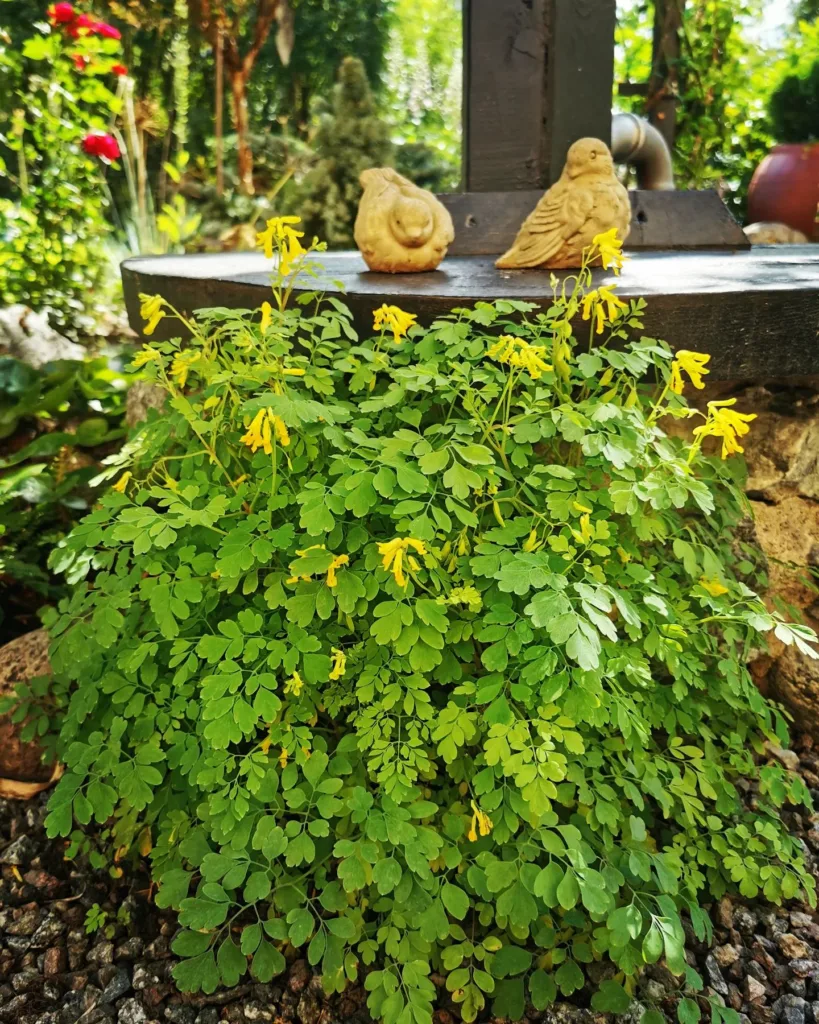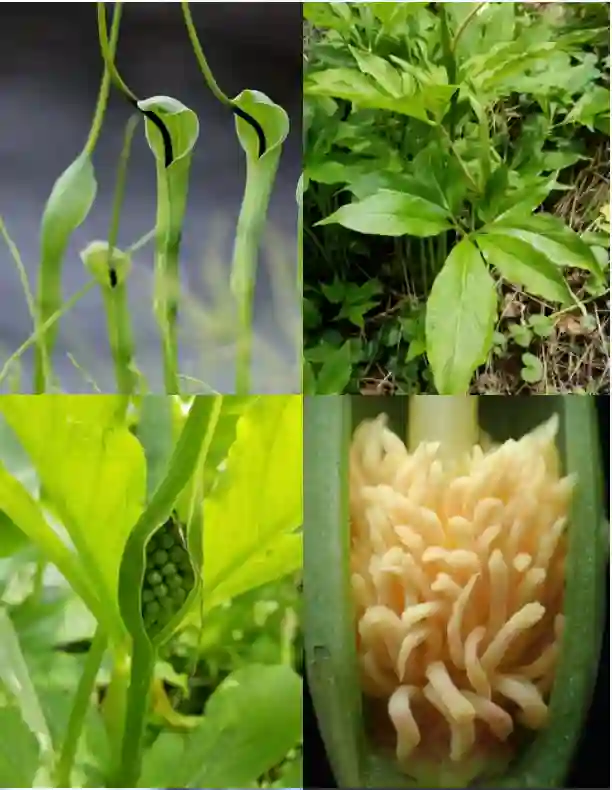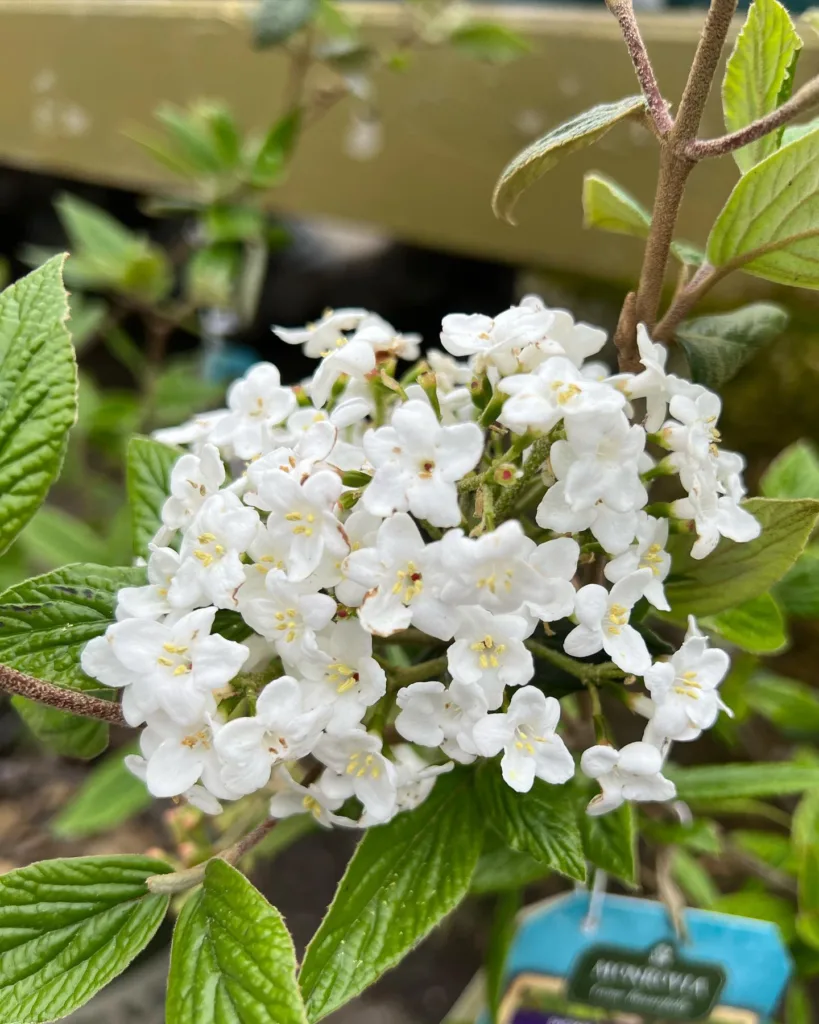FAQs About Chlorophytum Borivilianum
As a plant enthusiast, I often get questions about Chlorophytum Borivilianum, also known as the Borivilianum Spider Plant. If you’re considering adding this unique plant to your collection or just curious about its care, here’s a detailed guide to help you out.
200 Species in Genus Chlorophytum
What is Chlorophytum Borivilianum?
Chlorophytum Borivilianum is a fascinating member of the spider plant family. Originating from India, it’s known for its distinctive, narrow leaves that form a rosette. Unlike its more common relative, the Chlorophytum Comosum (Spider Plant), Borivilianum has a more upright growth habit and a somewhat more rugged appearance. It’s particularly admired for its air-purifying qualities and easy-care nature.
How to Care for Chlorophytum Borivilianum?
Caring for Chlorophytum Borivilianum is relatively straightforward, making it an ideal choice for both beginners and experienced gardeners. Here are the essentials:
- Light: This plant thrives in bright, indirect light. It can tolerate lower light conditions but may not grow as vigorously. Avoid direct sunlight as it can scorch the leaves.
- Watering: Watering should be done when the top inch of soil feels dry. Overwatering can lead to root rot, so ensure the pot has good drainage and don’t let the plant sit in water.
- Temperature: It prefers temperatures between 60°F and 75°F (15°C to 24°C). It’s best to keep it away from drafts and sudden temperature changes.
- Soil: Use a well-draining potting mix. A standard houseplant mix with some added perlite or sand works well.
- Fertilizing: Feed your plant with a balanced liquid fertilizer once a month during the growing season (spring and summer). Reduce feeding in fall and winter.
How to Propagate Chlorophytum Borivilianum?
Propagating Chlorophytum Borivilianum is simple and rewarding. Here’s how to do it:
- Offsets: The plant produces small offsets or “babies” that can be separated and repotted. Gently remove these offsets from the parent plant and pot them in a separate container.
- Cuttings: Although less common for this species, you can also propagate through cuttings. Snip off a healthy leaf or stem and place it in water or soil until roots develop.
What to Plant with Chlorophytum Borivilianum?
Chlorophytum Borivilianum pairs well with a variety of plants. Consider combining it with:
- Pothos (Epipremnum Aureum): Both plants have similar care requirements and complement each other’s aesthetics.
- Philodendron: Varieties like Philodendron Brasil or Philodendron Heartleaf create a lush, tropical look when planted alongside Chlorophytum Borivilianum.
- Ferns: Ferns such as Boston Fern or Maidenhair Fern work well due to their similar moisture and light needs.
Is Chlorophytum Borivilianum Toxic?
Good news! Chlorophytum Borivilianum is non-toxic to pets and humans. It’s a safe choice for households with animals or small children. However, as with any plant, ingestion in large quantities could potentially cause some discomfort, so it’s best to keep it out of reach of pets and young children.
Benefits of Chlorophytum Borivilianum
Chlorophytum Borivilianum offers several benefits:
- Air Purification: It helps remove pollutants from the air, contributing to a healthier indoor environment.
- Low Maintenance: Its hardy nature makes it perfect for busy individuals or those new to plant care.
- Aesthetic Appeal: Its unique foliage adds a touch of greenery and texture to any space.
Common Problems and Solutions
Here are some common issues you might encounter with Chlorophytum Borivilianum and how to address them:
- Brown Leaf Tips: This usually indicates underwatering or low humidity. Ensure you’re watering correctly and consider increasing humidity around the plant.
- Yellowing Leaves: Overwatering is often the culprit. Check the soil moisture and adjust your watering schedule.
- Pests: While relatively pest-resistant, keep an eye out for common houseplant pests like spider mites or aphids. Treat infestations with insecticidal soap or neem oil.
Comparing Chlorophytum Borivilianum to Other Similar Plants
If you’re choosing between Chlorophytum Borivilianum and similar plants, here’s a quick comparison:
- Chlorophytum Comosum (Spider Plant): Borivilianum has narrower leaves and a more upright growth habit compared to the broader, arching leaves of the common Spider Plant.
- Dracaena Surculosa: While both are low-maintenance and visually appealing, Dracaena Surculosa has broader leaves and a different growth pattern.
- Sansevieria (Snake Plant): Both are excellent for air purification and low light conditions. However, Sansevieria has a more vertical growth pattern and requires even less water.
Chlorophytum Borivilianum is a delightful addition to any plant collection. Its easy care, air-purifying benefits, and unique appearance make it a standout choice. Whether you’re new to gardening or a seasoned plant lover, this spider plant variety is worth considering.
If i die, water my plants!



